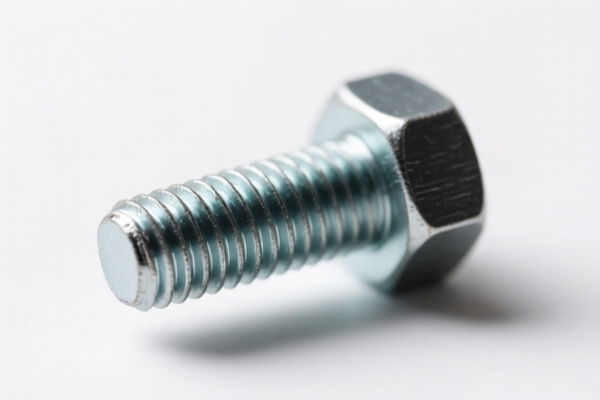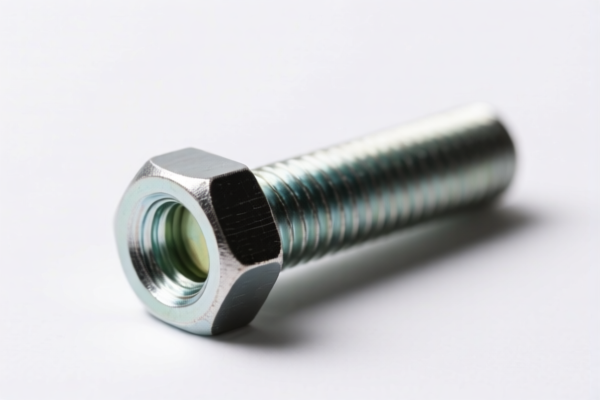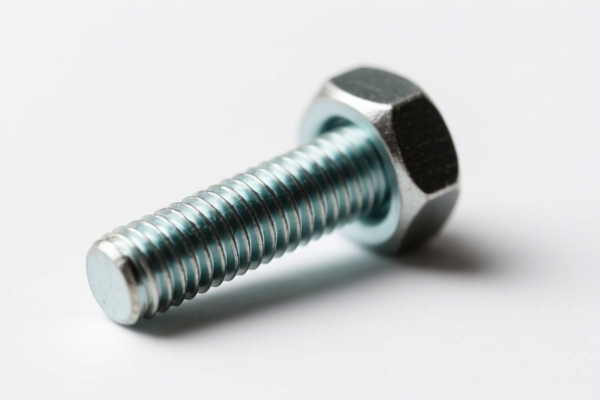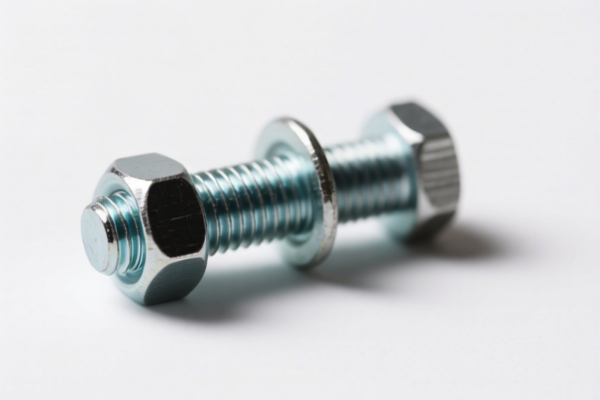| HS Code | Official Doc | Tariff Rate | Origin | Destination | Effective Date |
|---|---|---|---|---|---|
| 7318158069 | Doc | 113.5% | CN | US | 2025-05-12 |
| 7318156080 | Doc | 111.2% | CN | US | 2025-05-12 |
| 8415908085 | Doc | 88.9% | CN | US | 2025-05-12 |
| 8504909646 | Doc | 55.0% | CN | US | 2025-05-12 |
| 7315810000 | Doc | 105.0% | CN | US | 2025-05-12 |




Here is the structured analysis of the HS codes and tariff rates for the declared product "fastener" (e.g., bolts, nuts, screws, etc.):
🔍 HS CODE: 7318158069
Product Description: Iron or steel bolts, nuts, etc., including sets of bolts and nuts
Total Tax Rate: 113.5%
- Base Tariff Rate: 8.5%
- Additional Tariff: 25.0%
- Tariff after April 11, 2025: 30.0%
- Steel and Aluminum Products Additional Tariff: 50%
📌 Alert: Steel and aluminum products are subject to an extra 50% tariff.
📌 Proactive Advice: Confirm the material (iron/steel) and whether the product is part of a set. Check if any certifications (e.g., ISO, RoHS) are required for export.
🔍 HS CODE: 7318156080
Product Description: Screws, bolts, nuts, etc., with diameter less than 6 mm
Total Tax Rate: 111.2%
- Base Tariff Rate: 6.2%
- Additional Tariff: 25.0%
- Tariff after April 11, 2025: 30.0%
- Steel and Aluminum Products Additional Tariff: 50%
📌 Alert: Steel and aluminum products are subject to an extra 50% tariff.
📌 Proactive Advice: Verify the diameter of the fasteners and ensure compliance with size-specific regulations.
🔍 HS CODE: 8415908085
Product Description: Air conditioning fasteners
Total Tax Rate: 88.9%
- Base Tariff Rate: 1.4%
- Additional Tariff: 7.5%
- Tariff after April 11, 2025: 30.0%
- Steel and Aluminum Products Additional Tariff: 50%
📌 Alert: Steel and aluminum products are subject to an extra 50% tariff.
📌 Proactive Advice: Confirm the product is specifically for air conditioning systems and check if it requires special import permits or technical documentation.
🔍 HS CODE: 8504909646
Product Description: Transformer parts, other components, etc.
Total Tax Rate: 55.0%
- Base Tariff Rate: 0.0%
- Additional Tariff: 25.0%
- Tariff after April 11, 2025: 30.0%
- Steel and Aluminum Products Additional Tariff: 50%
📌 Alert: Steel and aluminum products are subject to an extra 50% tariff.
📌 Proactive Advice: Ensure the product is correctly classified under transformer components and verify if it requires technical specifications or compliance certificates.
🔍 HS CODE: 7315810000
Product Description: Chains and parts of chains, iron or steel, including bolt chains
Total Tax Rate: 105.0%
- Base Tariff Rate: 0.0%
- Additional Tariff: 25.0%
- Tariff after April 11, 2025: 30.0%
- Steel and Aluminum Products Additional Tariff: 50%
📌 Alert: Steel and aluminum products are subject to an extra 50% tariff.
📌 Proactive Advice: Confirm the type of chain (e.g., bolt chain) and ensure it is not misclassified as a general fastener.
📌 General Notes:
- April 11, 2025 Special Tariff: All listed products are subject to an additional 30% tariff after this date.
- Steel and Aluminum Additional Tariff: A 50% surcharge applies to products made of steel or aluminum.
- Anti-dumping duties: Not explicitly mentioned in the data, but always verify if applicable based on the country of origin.
- Certifications: Depending on the product and destination, certifications (e.g., CE, RoHS, ISO) may be required.
✅ Recommendation:
- Confirm the material (iron, steel, aluminum) and product type (e.g., bolt, nut, chain, transformer part).
- Check the unit price and product description to ensure correct HS code classification.
- Review import documentation and certifications required by the destination country.
Customer Reviews
This page was a lifesaver for understanding the HS Code 3925 and the applicable tariff. Highly recommended for exporters.
The HS Code section was exactly what I needed for exporting to the US. Thanks for the straightforward info!
It's a good overview of the tariff rates, but I found myself needing to look up more details elsewhere.
The tariff info was helpful, but I wish there were more examples of similar products for cross-referencing.
I was impressed with how detailed the information on plastic builder’s doors was. Definitely helped me with my export plans.